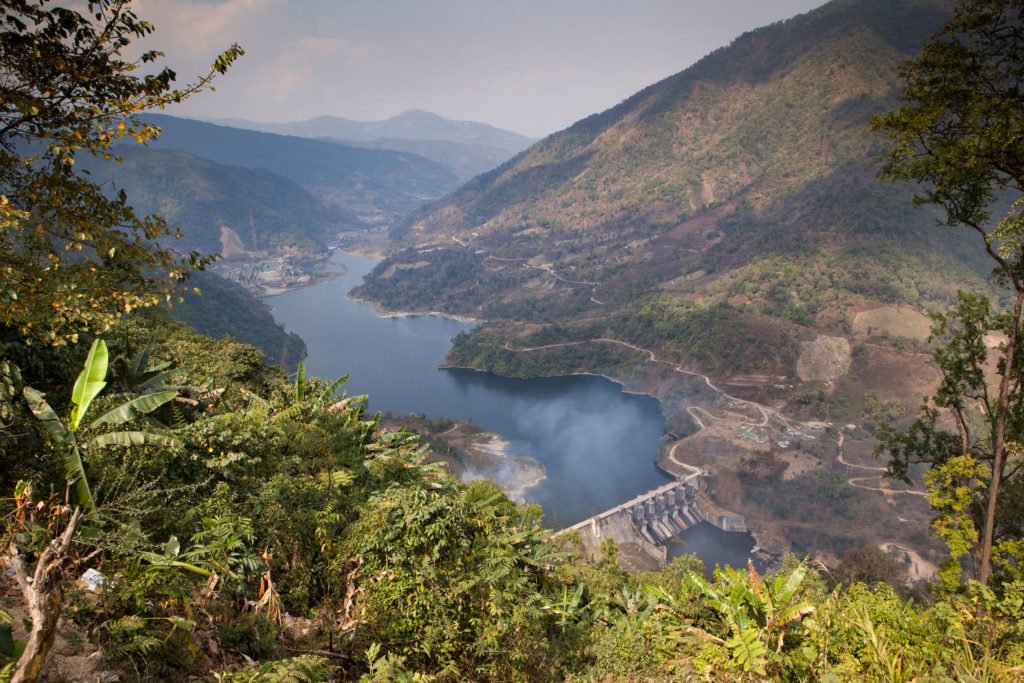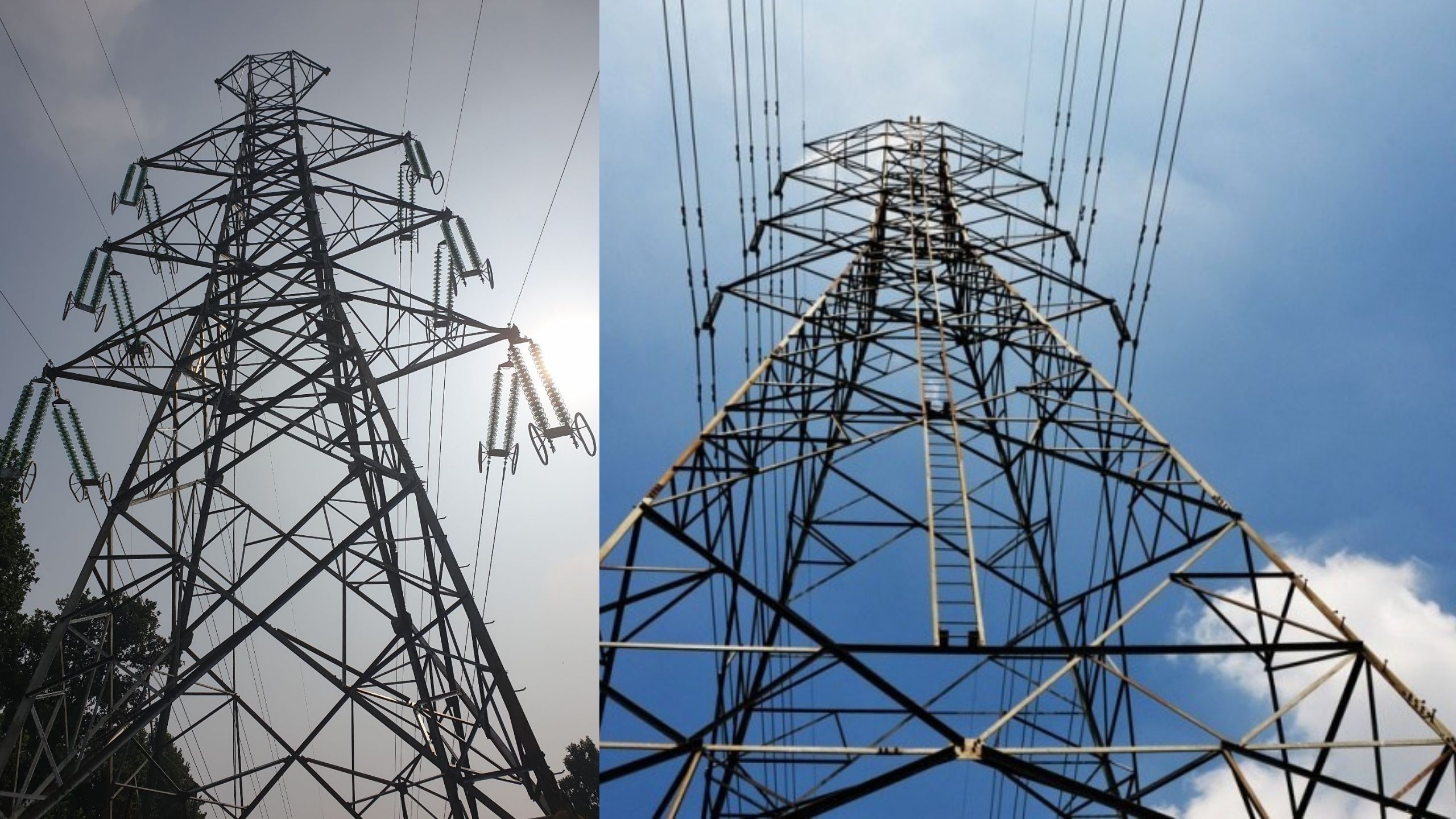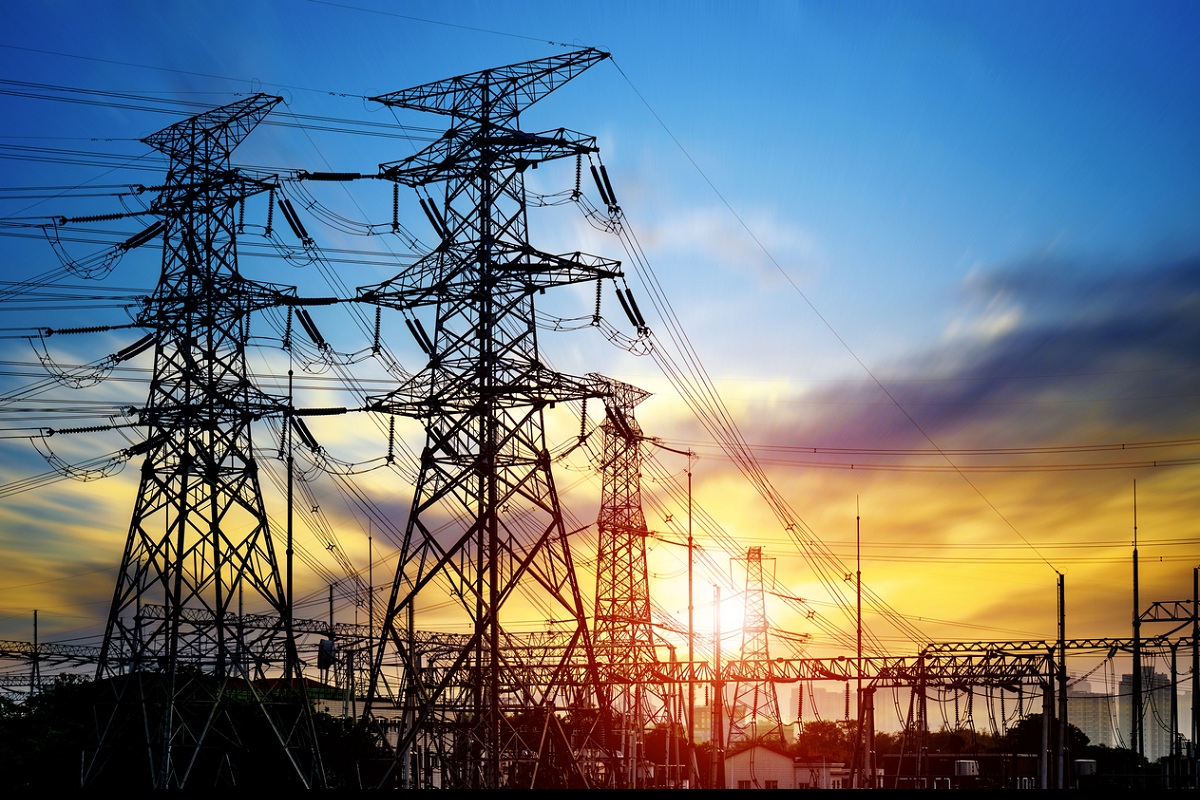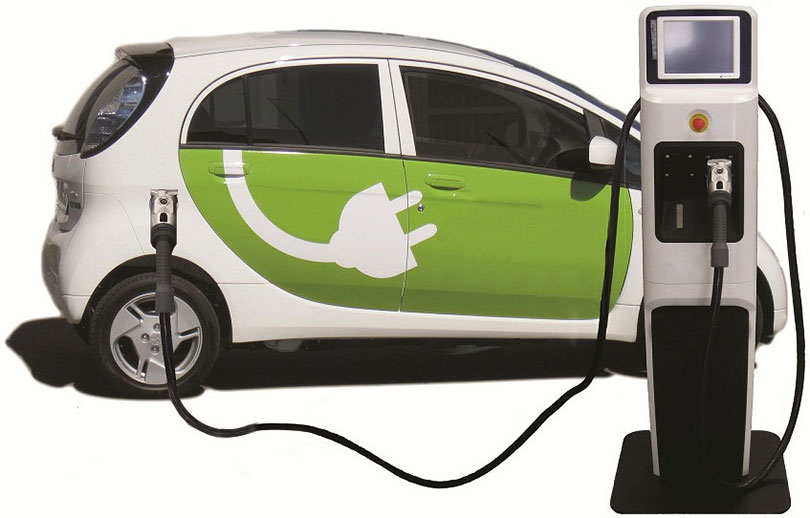Energy Update
Decision-makers in Arunachal Pradesh need to take EIAs seriously

On 2 December 2021, the Parliament of India passed the Dam Safety Bill, 2019. This is cause for cautious hope. The bill legally mandates the need for the “surveillance, inspection, operation and maintenance of all large dams” across the country to make them safer and avoid dam-related disasters. It seeks to correct current shortcomings by establishing two new institutions and a technically sound, legally empowered dam safety framework, both at the central and state levels.
India has a long history of devastating dam-related disasters. On 11 August 1979 in Morbi district, Gujarat, thousands of people were killed by the Machhu II dam disaster. Forty years later on 9 February 2019, the Ranganadi River, one of the tributaries of the Brahmaputra, turned black and turbid due to the release of an unprecedented amount of silt from the 405 MW Ranganadi dam in Arunachal Pradesh. This led to an immense destruction of aquatic life.

The Dam Safety Bill regulates dams that have already been constructed, not whether upcoming projects are safe
Dam safety is best ensured if such problems are caught at the design stage. But the Dam Safety Bill regulates dams that have already been constructed, not whether upcoming projects are safe. A useful addition would be for an appropriate authority to undertake a rigorous environmental impact assessment (EIA) during the early stages of decision-making on hydropower projects to ensure the protection of ecosystems and sustainable development.

EIA studies are compiled by experts on behalf of the company or organisation undertaking a project, and are necessary for a wide range of large infrastructure projects in India under the Environmental Impact Assessment notification, 2006. The EIA process identifies risks to the environment as a result of a project. While it does not prevent a potentially harmful project from being granted environmental clearance (EC), decision-makers have to consider it and it can be a powerful tool for civil society.
A close look at the clearance process for hydropower projects, especially in Arunachal Pradesh in northeast India, reveals discrepancies in adherence to the requirement for an EIA.
India’s Hydro Power Policy 2008 identified 148,701 megawatts of potential hydropower capacity. Of this, 34% (50,328 MW) was in Arunachal Pradesh. By October 2021, 1,115 MW of this capacity was in operation in Arunachal Pradesh, with projects of 2,000 MW capacity under construction. In early February 2020, Pema Khandu, the chief minister of Arunachal Pradesh, advocated focusing on “20 feasible and beneficial hydropower projects” to accelerate the development of hydropower. He also said that “those who put hurdles in development projects just for the heck of it are anti-national”.
In line with this mentality, there are several instances where project development norms and procedures have been violated. A prime example is the 2,880 MW Dibang Multipurpose Project, which when completed will be the world’s tallest concrete gravity dam. The foundation stone for the dam on the Dibang River was laid on 31 January 2008. The EIA and environmental management plan (EMP) were carried out in 2013-14, while environmental clearance was only given in 2020.
During a public hearing held in March 2014, several critical issues were raised around the failure to address the project’s socio-cultural impacts. These included the permanent loss of traditional mithun grazing areas as well as fishing grounds and medicinal plants, which had been identified in the EIA and EMP.
The importance ofmithunin Arunachal Pradesh
Concerns were also raised that recommendations to minimise earthquake risk made by the Indian Institute of Technology Guwahati and Dibrugarh University had been undermined.
In 2013 and 2014, the 68th and 73rd meetings of the Expert Appraisal Committee (EAC) of the Ministry of Environment, Forest and Climate Change (MoEFCC) took place to ascertain whether further environmental impact studies were necessary. Despite the concerns raised, the minutes for both meetings states that “in general, the people were satisfied with the EIA”.
Communities in the downstream state of Assam are also impacted by the Dibang project. However, they had no opportunity to comment as no public hearing was conducted in downstream areas. Despite strong opposition from the Idu Mishmi Cultural and Literary Society, a body that represents the Idu Mishmi indigenous people, on the issue of granting compensation to affected villagers, on 12 March 2020, the MoEFCC gave the final forestry clearance, paving the way for construction to start.
Similarly, in January 2017 the EAC recommended environmental clearance for the 3,097 MW Etalin Hydropower project in Arunachal Pradesh without adequately assessing risks raised by experts. These included high seismic activity and glacial lake outburst floods (GLOFs), the risk of which is increasing with climate change.
In its meeting on 28 February 2017, the Forest Advisory Committee (FAC), the apex body of MoEFCC, recommended a deeper cumulative impact assessment around the Etalin catchment area be carried out. But the report that was finally produced by the Wildlife Institute of India (WII, which is part of the MoEFCC) was criticised as shoddy and superficial. Twenty-four scientists reviewed the report, and said it had “considerable deficiencies and scientific biases” that compromised the “quality and the veracity of its findings and conclusions”.
The government must seriously address the problems in the implementation of EIAs in proposed hydropower projects
For instance, despite the requirement to conduct a “multiple seasonal biodiversity assessment”, the WII reviewed only five months: February and March (winter/pre-monsoon) and April to June (summer/monsoon). This, the peer review stated, “did not represent the seasonal patterns in Arunachal which has at least three seasons with distinct rainfall and weather regimes”. Instead of rejecting the faulty report, the FAC subcommittee accepted it in full.
Public participation in the EIA process is extremely important as it enhances the quality of choices and decisions, and builds environmental awareness. The construction of the 2,000 MW Lower Subansiri hydroelectric project on the Subansiri, a tributary of the Brahmaputra, on the border of Assam and Arunachal Pradesh, has been stalled for nearly a decade due to massive protests by local people and organisations. The major issues raised by the protesters relate to flawed dam design and inadequate downstream impact assessment. Subsequently, several technical review committees were formed to ratify the unsafe dam design.
Poor environmental risk assessments lead to substantial delays and cost escalations. This was underscored in the quarterly Central Electricity Authority (CEA) report of March 2020. The Etalin hydropower project, a joint venture between Jindal Power Limited and the Hydropower Development Corporation of Arunachal Pradesh Limited, is likely to burden the state exchequer. In one cost-benefit analysis on the Etalin project, it was pointed out that by the time of completion in 2031, the estimated cost is likely to be INR 440 billion (USD 5.9 billion), compared with the initial estimated cost of INR 250 billion (USD 3.35 billion) at 2014 prices. Expressing apprehension about the project, Bharat Rohar, the chief executive of JPL, stated that “in the current situation, the project doesn’t look like an attractive investment”.
Policymakers have the view that the huge potential hydropower resource in northeast India can bring economic benefits like employment opportunities and revenue. The Arunachal Pradesh government projected that through the implementation of several hydropower projects, “the state could earn net revenue in order of rupees 7,000 to 10,000 crores annually from power sales alone”. It would thereby become “the most prosperous state in the country as well as earn the highest per capita income in the world”. Similarly, in its ‘Vision 2030’ the Arunachal Pradesh government set a target to harness 27% (15,600 MW) of the total hydropower potential by 2022 and 100% (57,100 MW) by 2029.
But local populations consider hydropower to be an existential threat due to the impact on their livelihoods and traditional land.
The generation of electricity and revenues should not be the sole considerations when assessing hydropower projects. Environmental and social impacts must also be taken into account. EIAs can play a crucial role in enabling this by ensuring an assessment is conducted robustly and in a transparent manner, and by providing sufficient time for public hearings in the communities that are going to be affected. In contrast, violating EIA norms will only intensify the anti-dam movement in Arunachal Pradesh.
The passage of the Dam Safety Bill is a step in the right direction. It is particularly welcome as risks ramp up from the country’s ageing dams and the impacts of climate change: new regulation is essential to prevent further dam-related disasters. But to truly ensure dam safety the government must seriously address the problems in the implementation of EIAs in proposed hydropower projects, and take EIAs into account during project design. Failure to do so will surely have adverse impacts on the cost, quality, planning, construction and operation of these projects – not to mention the often-unnecessary human costs.
The Third Pole
Conversation

- Info. Dept. Reg. No. : 254/073/74
- Telephone : +977-1-5321303
- Email : [email protected]













